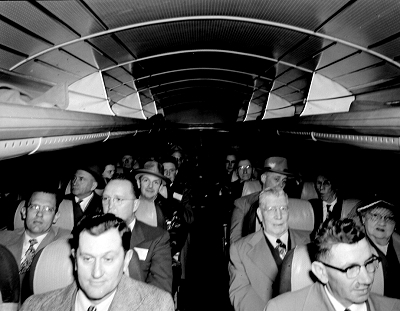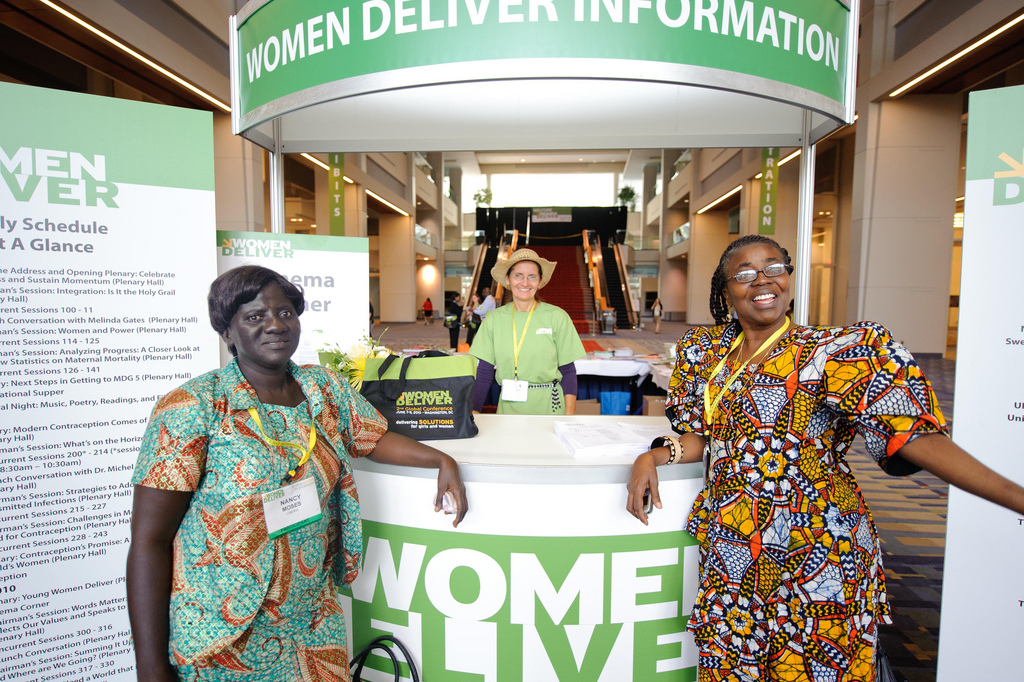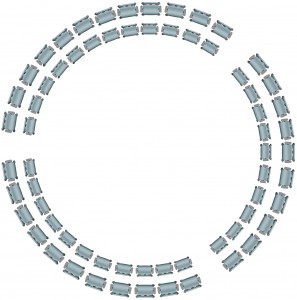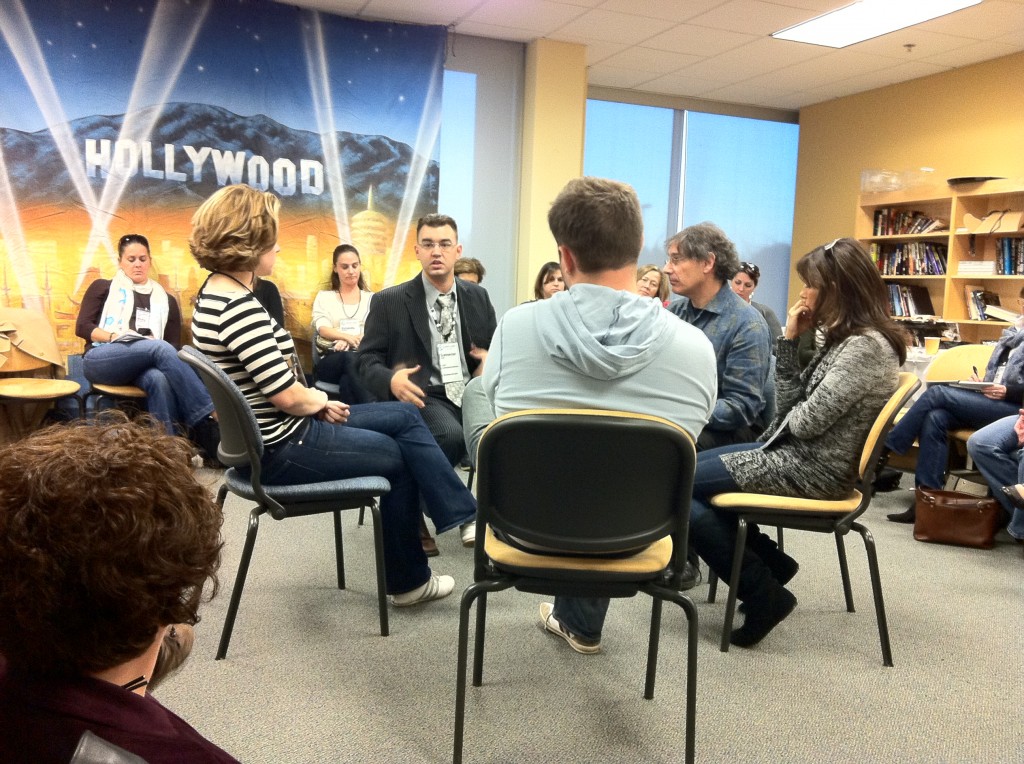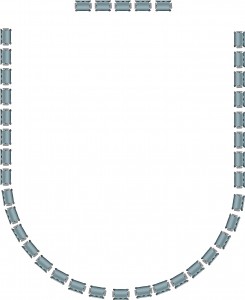Giving people permission to connect
How can we give people permission to connect?
On the bus
Sitting on the chartered hotel bus on the first day of the conference, I noticed something. I was presenting at EIBTM: a huge hosted buyer tradeshow, held in Barcelona every year with the principal purpose of acting as a matchmaking service between venues and meeting planners. At EIBTM, making connections is why people come, spending hundreds of millions of dollars and over a thousand person-years in the process.
The bus was full of event industry professionals. Yet hardly anyone on my bus was talking to anyone else.
When I got on the bus, I sat next to a woman about my age and said good morning. From the tone of her reply, she was clearly not interested in talking to me. As the bus crawled through morning traffic, I thought about the opportunity I was squandering. And I seriously considered inviting everyone to introduce themselves to their seatmates.
<stands up>
“Good morning everyone! I’m Adrian Segar. I’d like to invite all of you to introduce yourselves to the person sitting in the seat next to you. And the people sitting across the aisle too, if you like.”
<sits down>
I would have been just a crazy American doing something a little weird—something that doesn’t bother me much these days.
I was tempted to do this.
But I didn’t.
Can we talk?
We are often victims of our social conventions. Sure, some of the people on the bus, including my seatmate, may well have had good reasons for not wanting to chat. And, yes, most of us don’t want every stranger who sits next to us on our travels to engage us in conversation. But we were not on public transport. Every person on my bus that day was being paid, one way or another, to meet with each other. Yet here we were, sitting together and ignoring our neighbors.
I bet that if I had bobbed up that morning and given my little speech, many of the people on the bus would have grinned sheepishly and introduced themselves to their neighbors—and some of them would have discovered they had things of value to share. Perhaps people would have exchanged business cards; perhaps they’d schedule follow-up meetings.
Environment affects behavior
Interestingly, at the trade show itself, people acted differently. Empty seating was hard to find during the hosted buyer meals and I had to share tables with strangers. Each time, everyone introduced themselves right away and exchanged interesting information and business cards. Same people, different behavior!
Give people permission to connect
We are all social animals under the right circumstances. Given the increasing importance of incorporating participation and connection into conferences, we must get better at giving people ways to connect that make it more comfortable to meet and engage new peers. Just being a good host—explicitly giving people the opportunity and permission to introduce themselves to each other is often all that’s needed. This may seem hokey, but it’s effective. I’m sure you can think of occasions where a small ritual like this would have made it easier for you to meet people.
Giving ourselves permission to act
I’m sorry I didn’t perform my little introduction that day. If I’m at EIBTM again under similar circumstances, I’m going to do it. (I’ll let you know what happens.) And if you find yourself in a situation where you’re able to host connection, take a deep breath, Say Yes, and do it! I think you’ll like the results–and some of the people you invite to connect will too.
Photo attribution: Flickr user seattlemunicipalarchives

